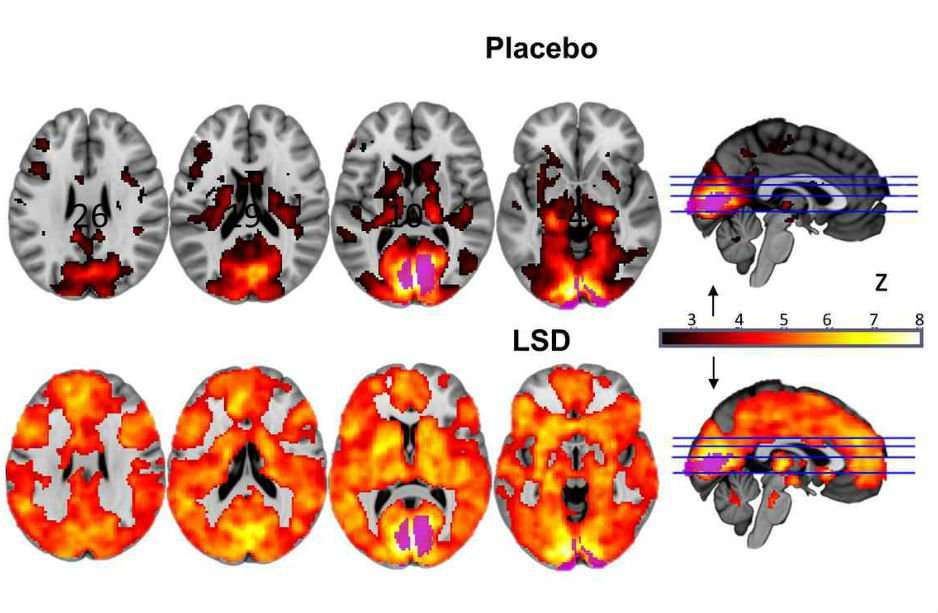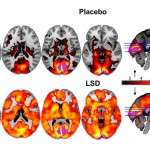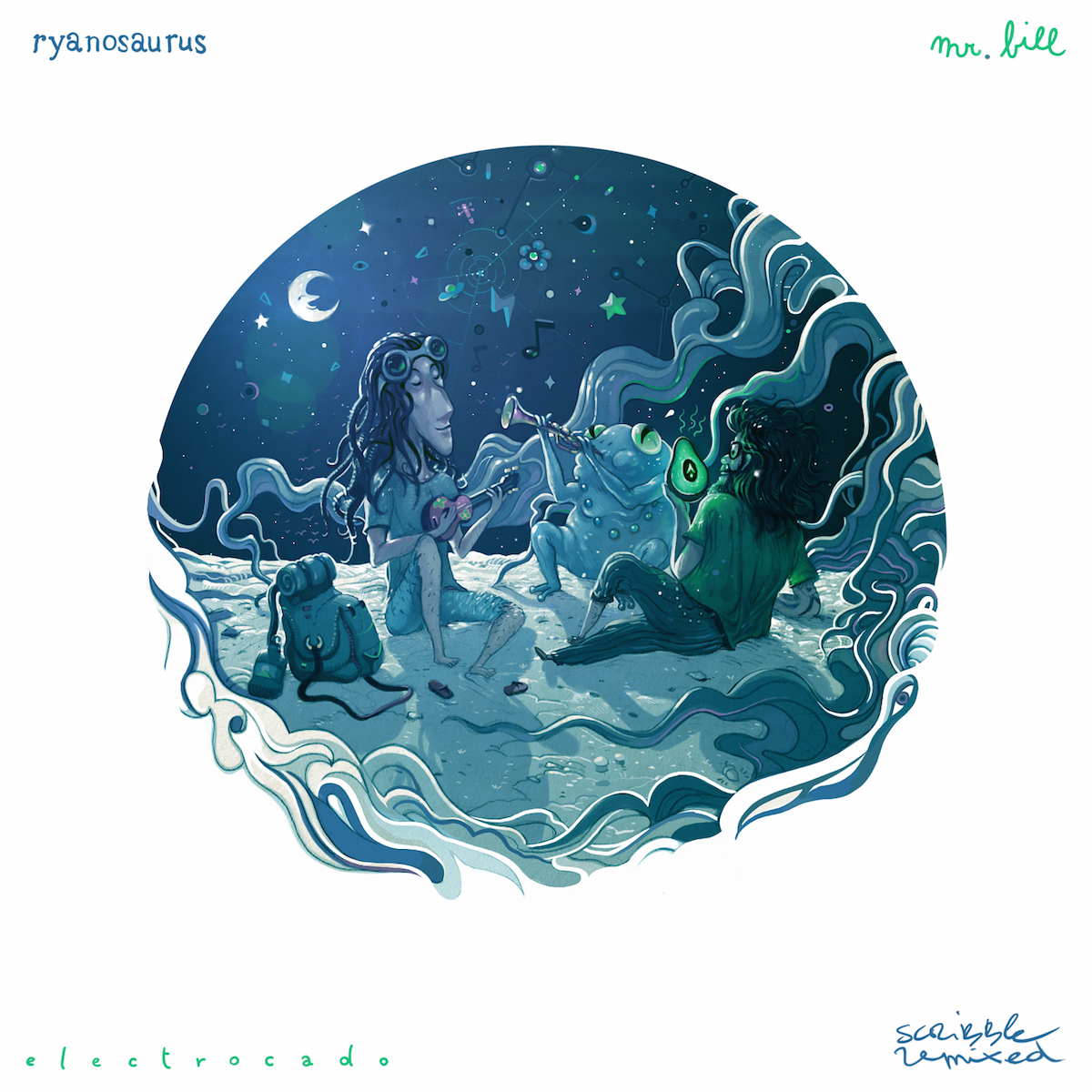“This is to neuroscience what the Higgs boson was to particle physics.”
LSD has a bad reputation with the majority of society, but thanks to new research led by neuropsycho-pharmacology professor David Nutt, its therapeutic effects might finally begin to catch serious consideration.
According to Nutt, this experiment has been 50 years in the making, and was widely considered impossible considering the enormous hurdles to overcome. The illicit drug is believed to hold the key to treating a wide variety of symptoms, ranging from psychiatric disorders like depression and addiction, to perhaps even asthma.
With the help of a crowdfunding campaign, a world-class team, and a focus group of 20 volunteers, Nutt was able to document the effects of LSD for the first time ever using three different brain imaging techniques. The recording techniques included arterial spin labelling, resting state MRI, and magnetoencephalography.
Those who participated in the experiment received an injection of 75 micrograms (mcg) of LSD on one day, and a placebo on another. Below are some results of the test, and you can find more here.

Scientists were able to deduce that visual processing was no longer restricted to the visual cortex, enabling volunteers to “see with their eyes closed.” Regions that typically don’t communicate began connecting, and regions that usually signal each other became segregated. Here’s what Nutt’s colleague Robin Carhart-Harris had to say of the results:
“Normally our brain consists of independent networks that perform separate specialised functions, such as vision, movement and hearing – as well as more complex things like attention. However, under LSD the separateness of these networks breaks down and instead you see a more integrated or unified brain.”
H/T Science Alert










